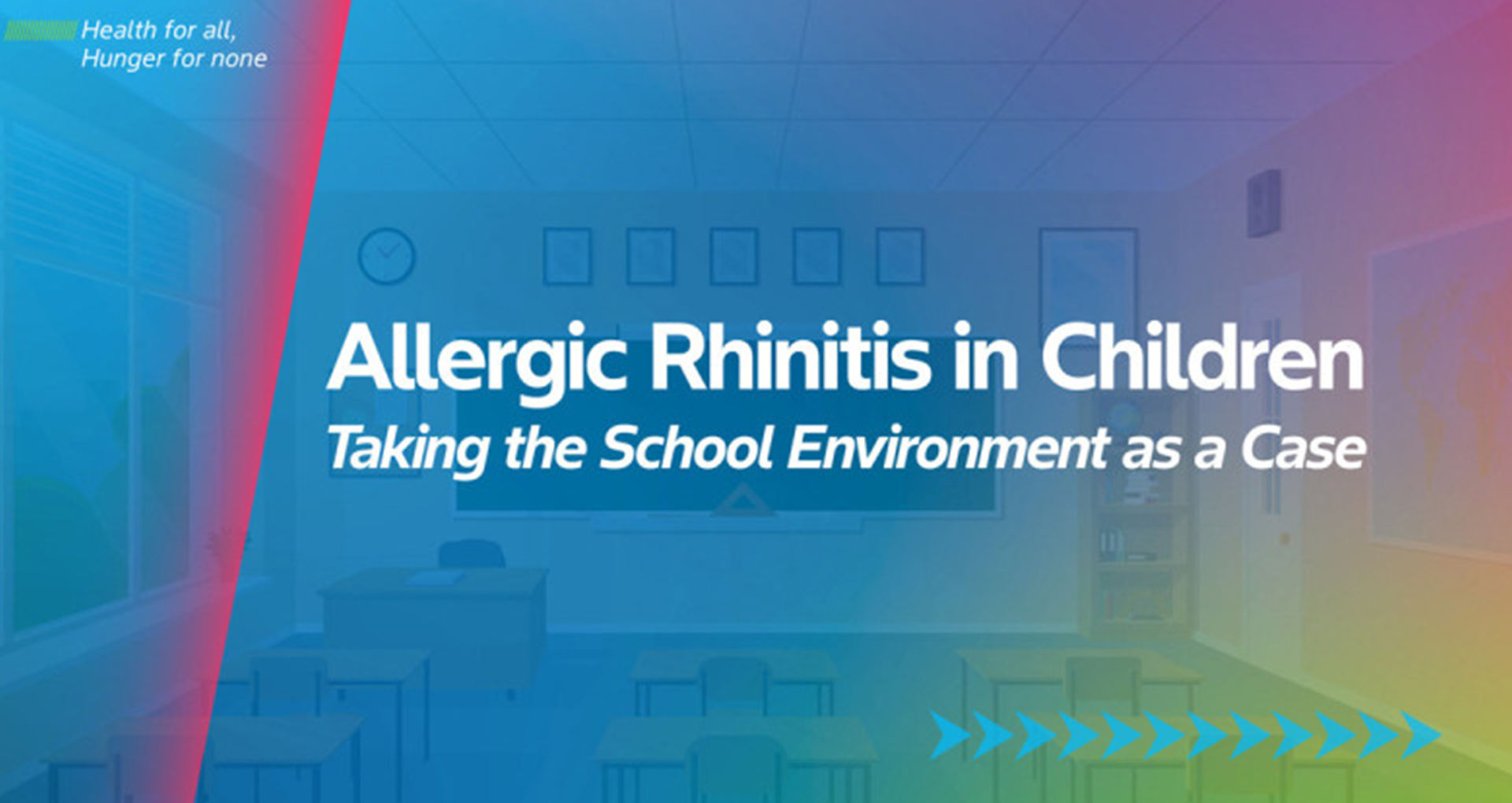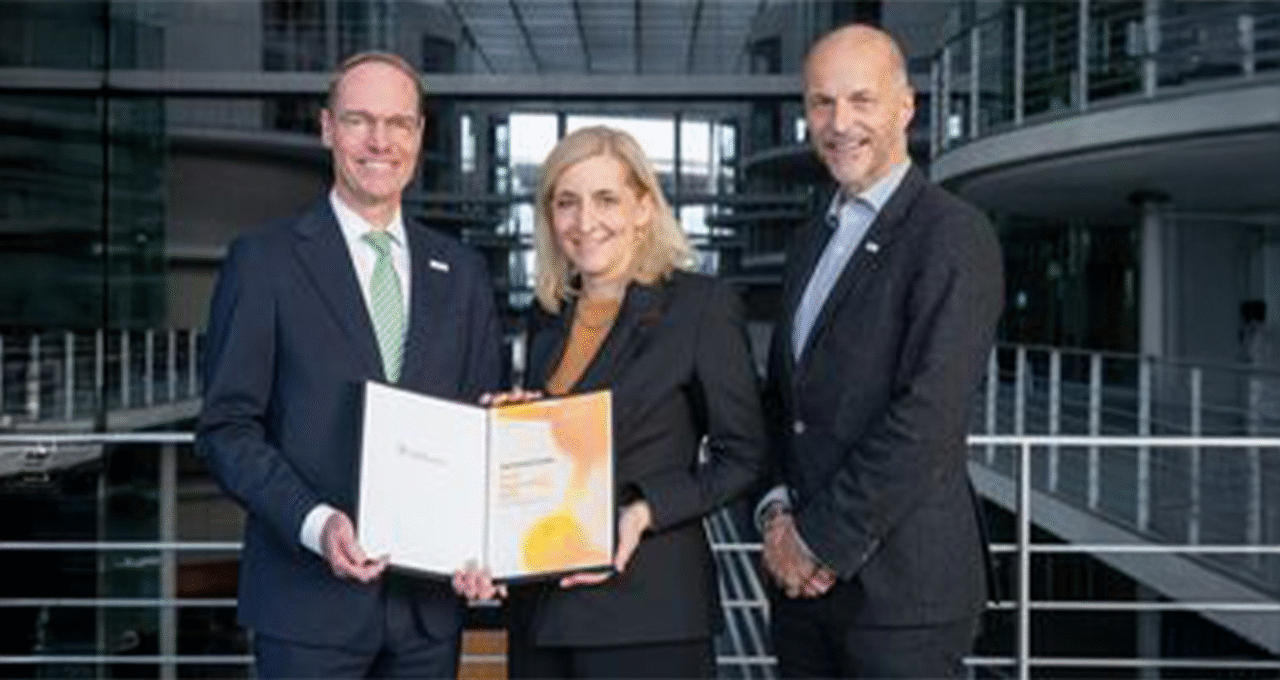
Wednesday, October 29, 2025
Hay Fever in the Classroom: Why Schools Play a Key Role in Managing Allergic Rhinitis in Children
When children yawn in class, rub their noses, or are absent more often, there’s often more behind it than a simple cold. Allergic rhinitis – commonly known as hay fever – is one of the most frequent chronic diseases in childhood, affecting both wellbeing and academic performance.
A recent interview in the European Medical Journal, supported by Bayer, explores causes, impacts, and treatment options from a global perspective. International experts Dr. Michael Blaiss, Dr. Lei Cheng, and Dr. Mário Morais-Almeida discuss how improved medical care and school environments can enhance the lives of affected children.
Worldwide, about one in five children suffers from allergic rhinitis. The condition is increasingly recognized as a major factor impacting quality of life, learning ability, and social interaction. The article “Global Perspectives on Challenges and Opportunities in Managing Allergic Rhinitis in Children: Taking the School Environment as a Case” emphasizes the importance of guideline-based treatment and allergy-friendly schools, drawing on insights from experts in the U.S., Europe, and China.
Hay Fever: More Than a Seasonal Discomfort
Allergic rhinitis is not just a seasonal annoyance. It can significantly impair concentration, sleep, and learning ability. Children with untreated symptoms are absent from class up to three times more often than their healthy peers and may follow lessons up to 25% less effectively. Sleep disturbances and social challenges – such as constant sneezing or a runny nose – add further strain.
“Allergic rhinitis remains underestimated,” says Dr. Gabriela Zuniga, Global Allergy Medical Lead at Bayer. “The cumulative effects of the symptoms pose significant risks to children’s development and wellbeing.”
Schools as Part of the Solution
The school environment plays a crucial role: climate change, air pollution, and indoor allergens exacerbate symptoms.
- Climate change: The pollen season has been lengthening by roughly one day per year over the past 25 years, with rising temperatures increasing pollen allergenicity.
- Urbanization: Children attending schools in heavily polluted cities show much higher rates of allergic rhinitis.
- Indoor factors: Dust mites, mold, pet dander, and cleaning chemicals are among the most common triggers, especially in poorly ventilated classrooms.
“Since children spend most of their day at school, controlling this environment is essential,” emphasizes Dr. Cheng.
Improving Treatment, Optimizing Outcomes
Experts highlight the international ARIA guideline (Allergic Rhinitis and its Impact on Asthma), which recommends modern, non-sedating antihistamines to relieve symptoms without impairing concentration. Older first-generation medications cause drowsiness and are no longer recommended.
“Our goal at Bayer is to promote health through scientific insight and enable millions of people to live healthier lives,” says Dr. Ricardo Salazar, Chief Medical Officer, Consumer Health Division at Bayer. “By raising awareness and supporting international treatment guidelines, we can sustainably improve outcomes for young patients worldwide.”
With the growing influence of climate change, pollution, and urbanization, early diagnosis, guideline-based treatment, and allergy-friendly learning environments are key to reducing the burden of allergic rhinitis in children.








